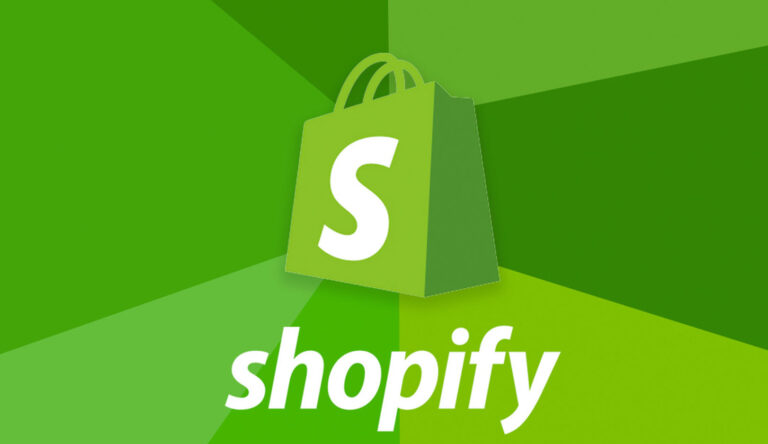For many entrepreneurs, Shopify is the go-to platform for launching an online store — but understanding Shopify fees can be tricky. From monthly subscriptions to transaction costs and optional add-ons, these charges can quickly add up if you don’t plan ahead. Agencies like Transform Agency often help businesses forecast and manage these expenses so they can focus on growth instead of unexpected bills.
Why Shopify Fees Matter More Than You Think
Running an online store isn’t just about choosing the right platform — it’s about making sure your operating costs don’t eat away at your profits. Shopify’s pricing is transparent in some areas, but certain charges are easy to overlook until they show up in your monthly statement. By knowing what to expect, you can make smarter business decisions and avoid surprises.
The Main Types of Shopify Fees
1. Subscription Costs
This is your baseline expense — the cost of accessing Shopify’s platform. Whether you’re on Basic, Grow, Advanced, or Plus, the monthly rate gives you access to your store’s dashboard, themes, product management tools, and integrated checkout.
Quick tip: Paying annually instead of monthly can reduce your subscription cost.
2. Transaction Fees
If you don’t use Shopify Payments, expect an extra charge per sale — typically 0.5% to 2% of each transaction. Even if the percentage seems small, it adds up quickly for stores with high sales volume.
Example: At $20,000 in monthly sales, a 2% transaction fee means $400 gone before you even account for shipping or marketing.
3. Payment Processing Fees
Regardless of whether you use Shopify Payments or another processor, payment providers charge a standard rate — often around 2.9% + $0.30 per online credit card sale. These fees cover secure payment handling and fraud protection.
4. App & Integration Costs
Shopify’s app store is a goldmine for adding features — from advanced SEO tools to automated email marketing. But many apps require monthly payments ranging from $5 to $200. It’s easy to install several and then realize your tech stack costs more than your subscription.
5. Theme Costs
Shopify’s free themes are a great starting point, but premium themes can cost $140 to $350. For custom designs, businesses sometimes invest thousands in development.
6. Optional Fulfillment & Shipping Charges
Shopify offers discounted shipping rates, but you may still face costs for packaging, handling, and storage if you use Shopify Fulfillment Network or third-party logistics providers.
How to Keep Shopify Fees in Check
- Audit Your Apps Regularly: Cancel tools you don’t use or replace premium apps with free alternatives.
- Optimize Your Payment Gateway: Switch to Shopify Payments if possible to avoid extra transaction fees.
- Use Built-in Features First: Before adding apps, see if Shopify already offers the function you need.
- Plan for Seasonal Changes: If your store is seasonal, consider pausing or downgrading your plan in slow months.
The Bottom Line
Shopify is a powerful e-commerce solution, but understanding its fee structure is crucial for protecting your profit margins. Every store is different — what’s costly for one merchant might be worth the investment for another. The key is tracking your expenses, optimizing your setup, and making informed decisions based on your store’s performance.
If you want a clear breakdown of each cost category and how to optimize for your specific business model, check out the Shopify pricing guide by Transform Agency for a detailed analysis.
